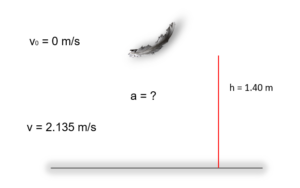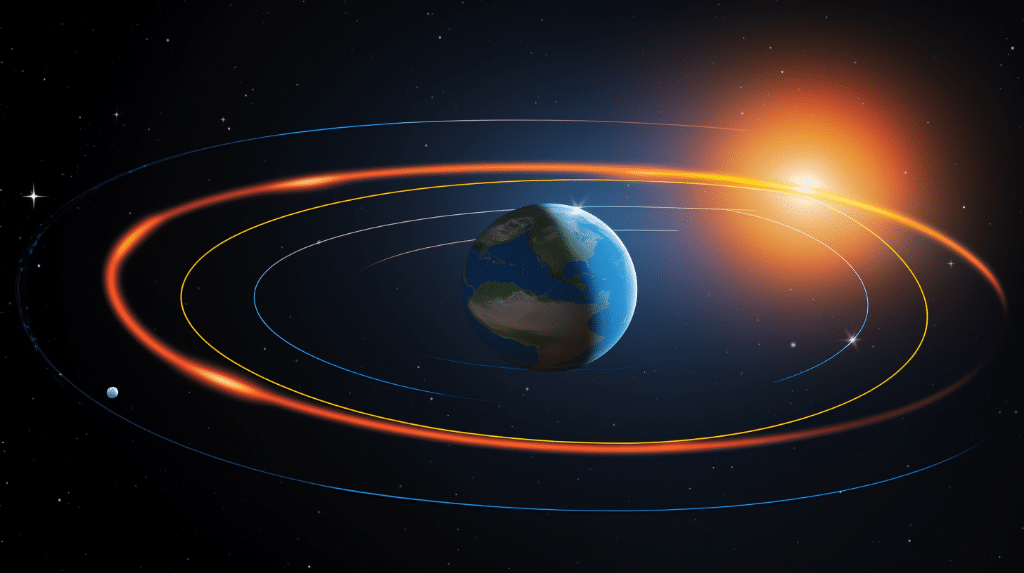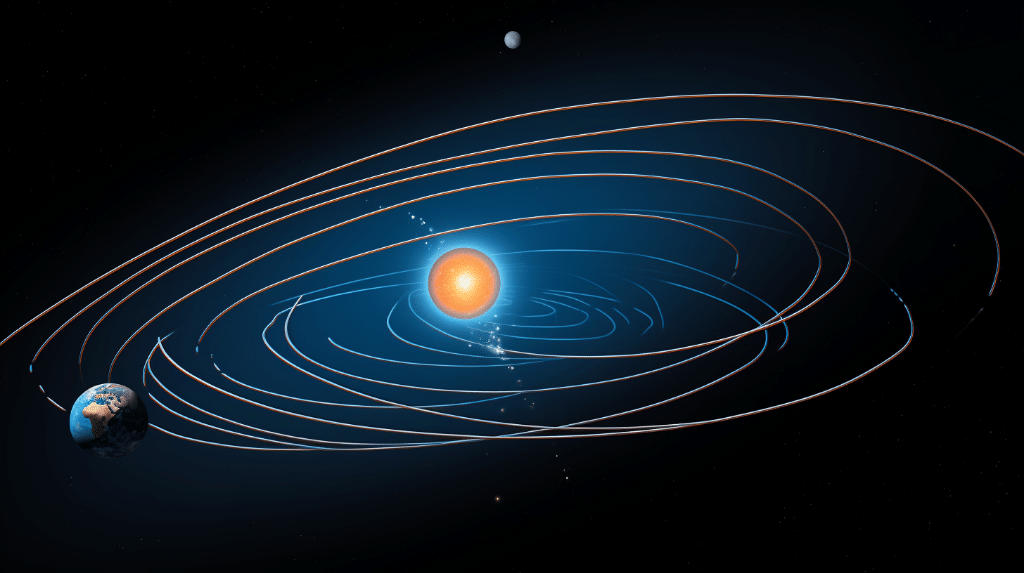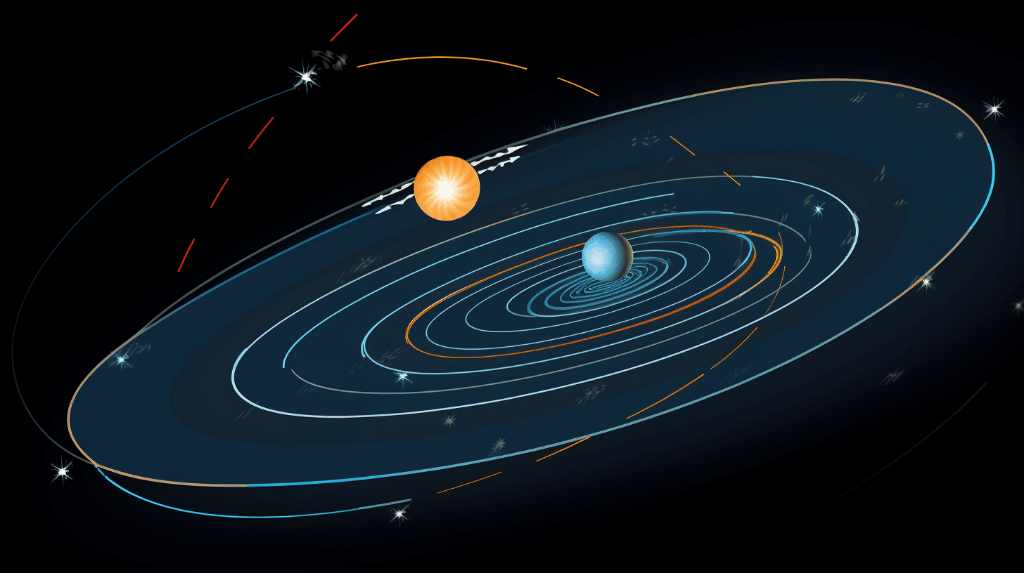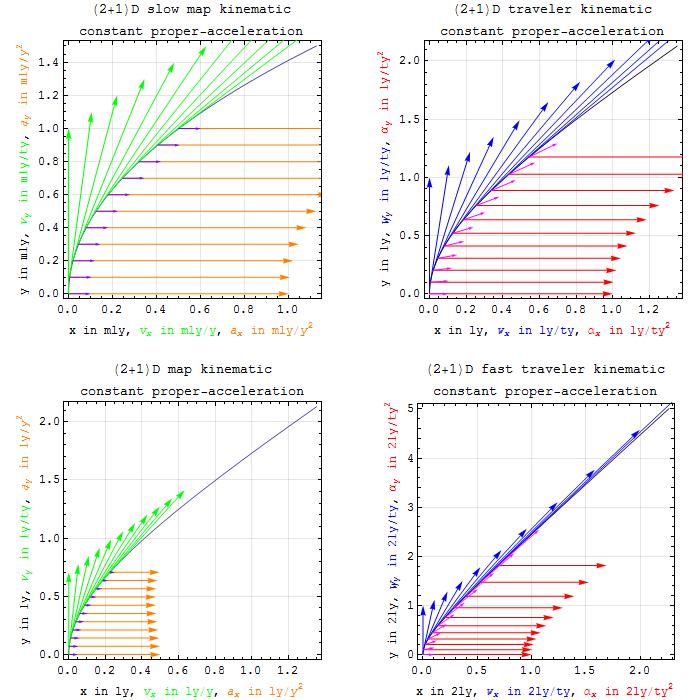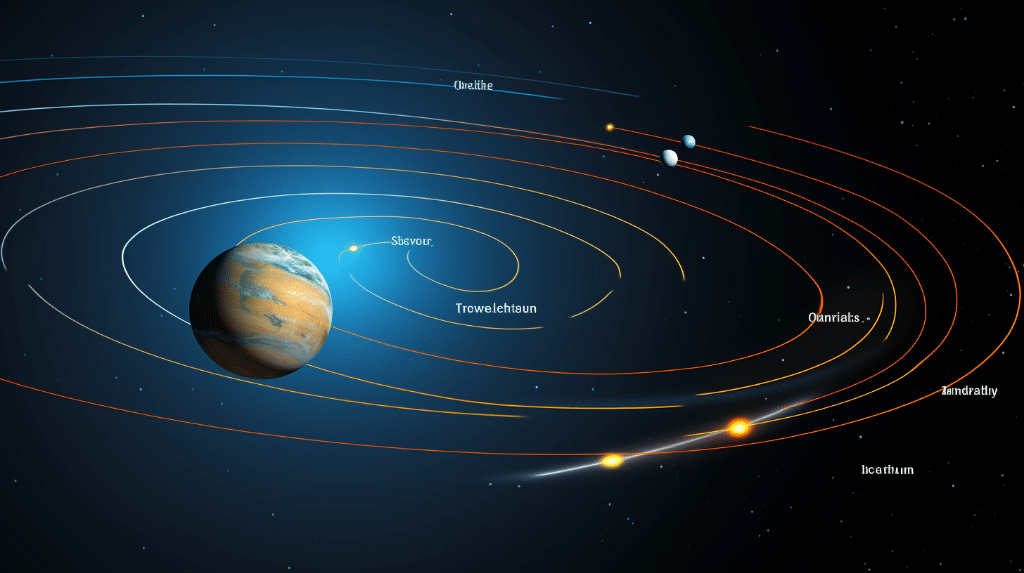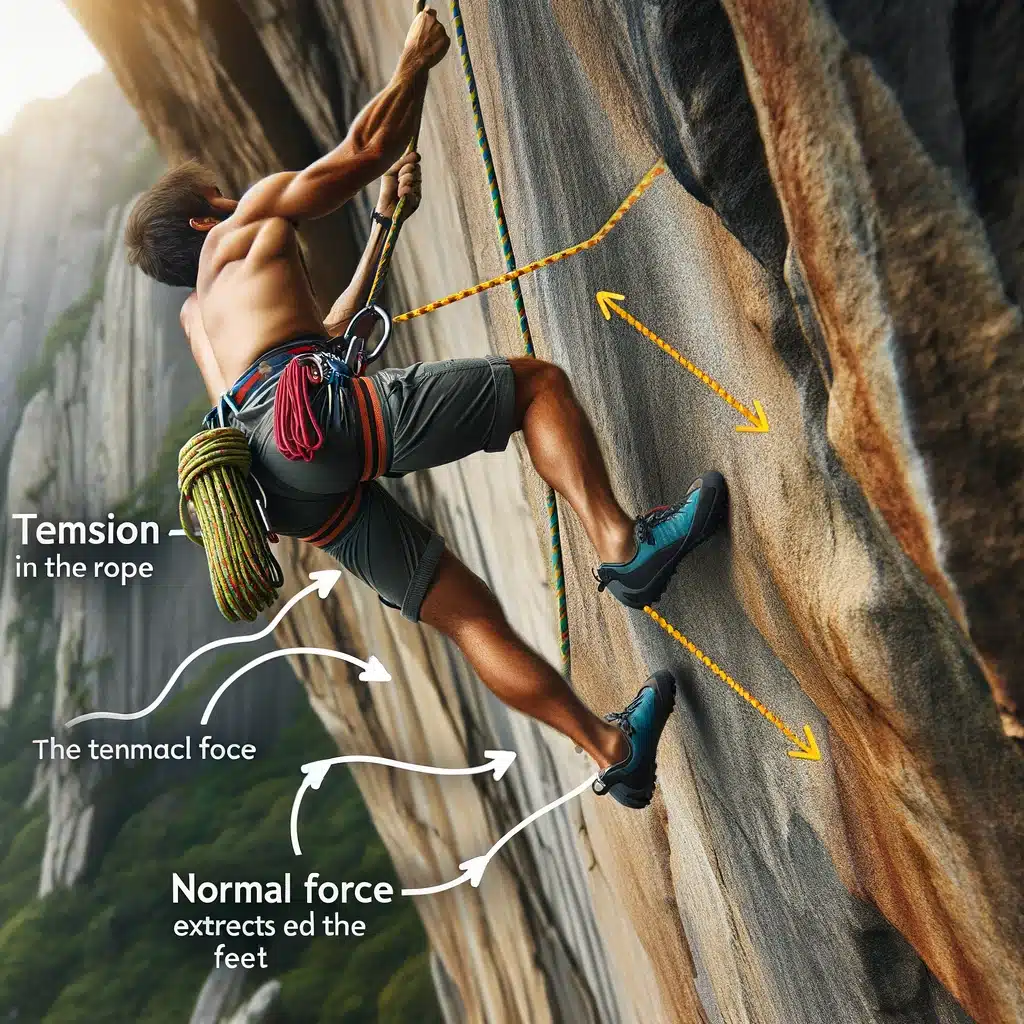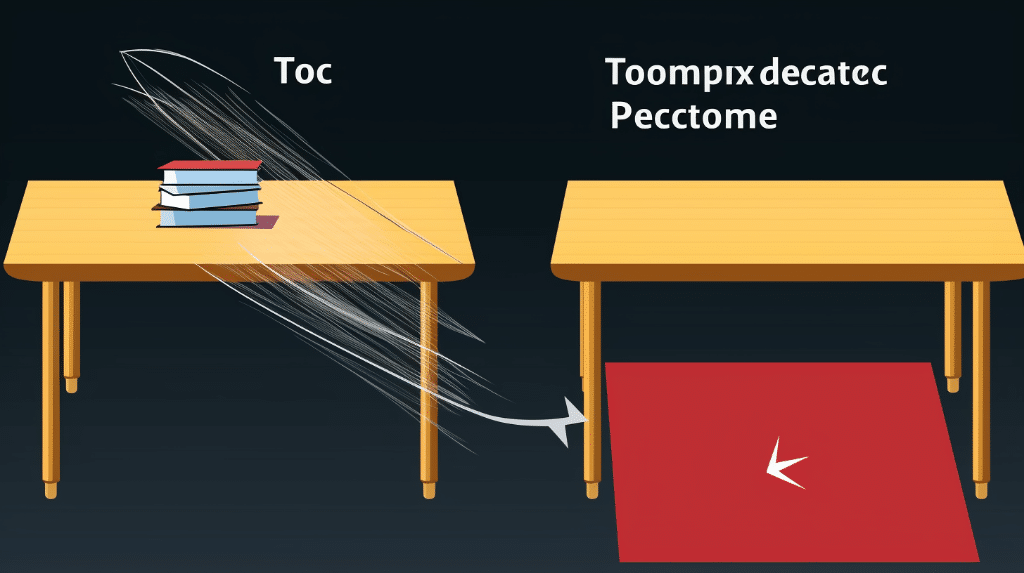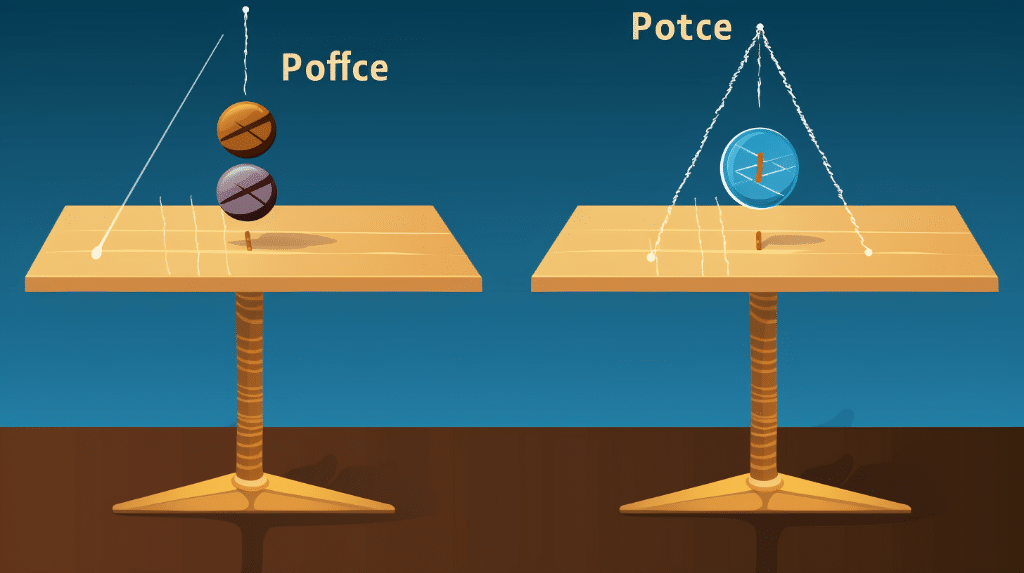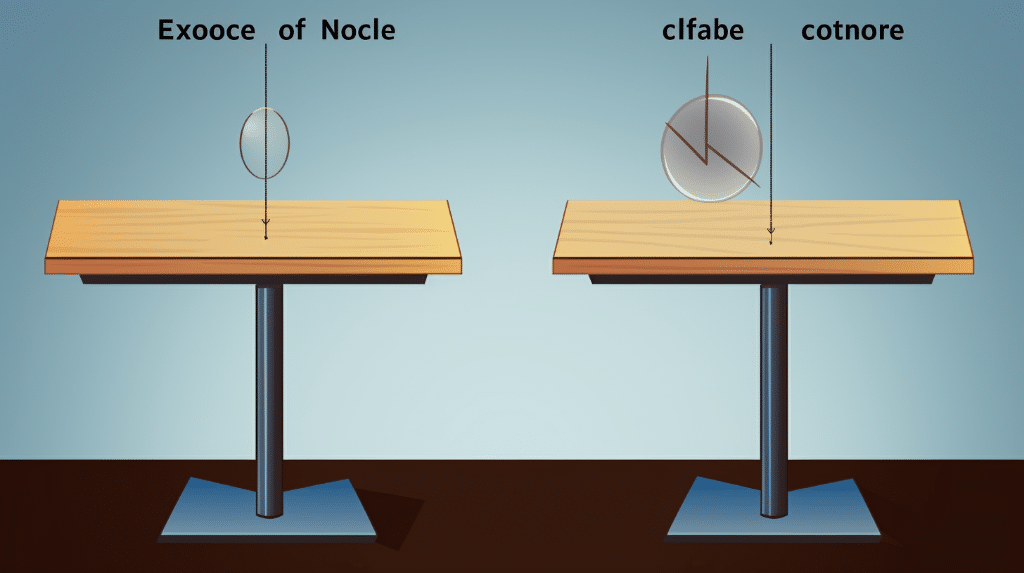We got an answer to the question “does amplitude of wave change?” in the previous post. So in this post, we will look at the topic “does amplitude of wave decrease? when, why, and how?” So let us get started.
The amplitude of a wave is one of its most important characteristics, as it enables us to determine the wave’s energy. As a result, as the energy or power (the amount of energy delivered by a wave per unit time) drops over time, the wave amplitude decreases.
Before we go into the depth of our questions, does amplitude of wave decrease, how, when, and why? First, let us start with a basic understanding of a wave and its amplitude.
⇢ Significance of the wave:
In physics, the term wave has a basic but broad meaning.
It can be thought of as an oscillation or, more accurately, a disturbance that travels across space-time carrying energy. As a result, wave motion is defined as a motion that transmits energy from one point to another by causing a disturbance.
Source: Wikipedia
The motion of the disturbance does not cause the displacement of particles in that medium. As a result, while the wave conveys energy, it is not related to mass transport. Waves are classified into two categories, which are listed below:
- Longitudinal waves: Sound waves come under this category.
- Transverse waves: Electromagnetic waves (Light waves) come under this category.
Now, the amplitude of a wave is another term we should be familiar with.
⇢ Significance of the wave amplitude:
The maximum displacement of a particle due to a disturbance in a medium from its resting point is defined as the amplitude of the wave. The particle’s maximum displacement is measured in meters. The amplitude of a wave is half of a wavelength.
In the case of sound waves, the amplitude is just the loudness. The amplitude defines the brightness or intensity of light compared to other light waves of the same wavelength when it comes to light waves.
Now, the focus of our article is: does amplitude of wave decrease? So let us make a move in that direction.
Does amplitude of wave decrease?
⇨ The amplitude of a wave is unquestionably important, yet it is not a consistent property. The amplitude of a wave can alter depending on environmental elements such as energy, distance, time, and speed.
As per these factors’ proportionality (it can be directly proportional, inversely proportional, etc.) with amplitude causes a change in amplitude. For example, a drop in amplitude is caused by a loss in energy and an increase in distance.
Thus, if a sound wave has a larger amplitude than another, it has a higher loudness, whereas a sound wave with a lower amplitude has a lower loudness. When it comes to light waves, more amplitude does not imply higher loudness, but rather high intensity, whereas low amplitude term implies low intensity.
Why does amplitude of wave decrease?
⇨ Both frequency and amplitude are wave qualities that are related to energy.
The wave frequency is directly proportional to the wave energy, and so is the square of the wave amplitude. Because the frequency is the identity of a wave, if it changes with a change in energy, the wave will not remain the same. As a result, when energy drops, wave amplitude reduces.
When does amplitude of wave decrease?
⇨ Whenever any wave passes through a medium, it experiences losses. When any wave passes through the medium, it spreads out in the medium.
Moreover, during that propagation, some part of the wave is absorbed by the medium. As the wave carries energy, spreading out and absorption of the wave indicates the spreading and absorption of energy. Thus, losses of energy experienced by the wave will materialize in the reduction of wave amplitude.
Does wave amplitude decrease over time?
⇨ The amplitude of a wave should not change with time if we assume ideal conditions.
However, we live in the actual world, where the wave loses energy over time due to environmental factors. This causes the wave amplitude to drop.
Why does the amplitude of a wave decrease over time?
⇨ There are no frictionless systems in the actual world.
To overcome the friction in the frictional system, the wave loses its own energy in order to propagate. As a result, as time passes, energy is lost as the wave spreads and attempts to overcome friction, resulting in a fall in amplitude.
When considering a simple harmonic motion, the amplitude of the simple harmonic wave drops exponentially over time, which is referred to as damping. The graph below shows damping as a function of time in a simple harmonic wave.
Does the amplitude decrease over distance?
⇨ Distance is another crucial aspect that influences the amplitude of a wave.
As time passes, the distance increases, causing energy loss by the propagating wave. Thus, distance increases, and amplitude increases as the wave comes far from the source. That is why the brightness of the light is high near the source, and as you go far, you can notice lesser brightness.
Why does the amplitude decrease over distance?
⇨ When a wave travels through a medium, it loses energy as it travels further.
The wave spreads out over a larger and larger area as the distance between it and its source rises. The wave loses energy in the medium as it spreads, and the amplitude of the wave decreases as a result.
Frequently Asked Question (FAQs) on Amplitude reduction:
Q: Why does the amplitude of a wave decrease after diffraction?
Ans: Diffraction is a physical phenomenon that is used when a wave encounters an obstacle or travels through small openings, as seen in the figure below.
When a wave undergoes diffraction, it expands out over a larger area. The energy of a wave reduces as its area rises, and hence its amplitude lowers as well.
Q: When we look up at the sky, why does the sun appear brighter than other stars that are larger than it?
Ans: When the energy comes from the star and the sun in the form of a light wave, they have to overcome the medium coming in their way. To continue the propagation, the stars lose their energy in the medium.
If the star is larger than the sun, it has higher energy than the sun. But as the sun’s distance from the earth is less than any other larger star, the energy loss is also less. Thus the amplitude of a light wave or the sun’s brightness is higher than the star larger than it.
We hope we were able to offer you with acceptable responses to your questions. Does amplitude of wave decrease? Why does amplitude of wave decrease? When does amplitude of wave decrease? Why does the amplitude of a wave decrease over time? Why Does the amplitude decrease over distance? To read more science-related articles, please visit our website.
Also Read:
- Why does energy exhibit wave particle duality
- Transverse wave vs longitudinal wave
- What is the speed of a transverse wave
- Does amplitude of wave change
- How to find energy in a cosmic microwave background experiment
- Wave interference examples
- How to find the frequency of a wave
- Is light a transverse wave
- How to find energy from wavelength
- How does a microwave vent work


